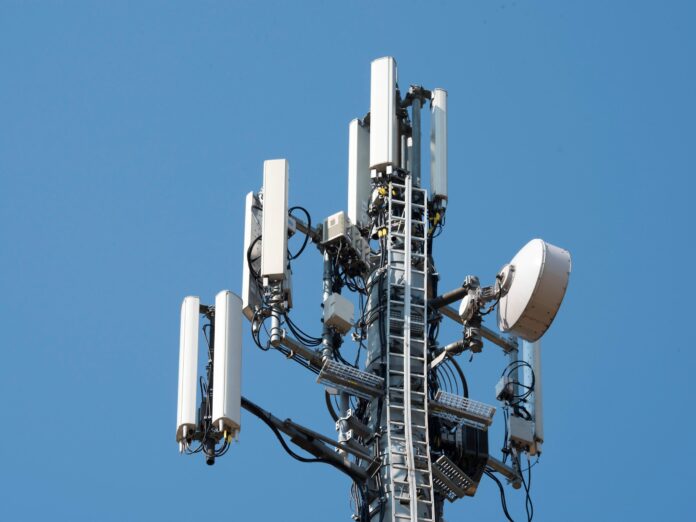Around 95% of households across Germany can already access Deutsche Telekom’s 5G network
German telecom operator Deutsche Telekom said that a total of 9,700 of its 5G antennas in 750 cities are currently transmitting on the 3.6 GHz spectrum band.
In a release, Deutsche Telekom said it has expanded its mobile service offering at 798 locations nationwide in the last four weeks. Some 183 locations were newly built and are now broadcasting with LTE and 5G frequencies, the telco said.
In addition, 4G and 5G capacity was increased at 615 locations already in operation, the company added.
Around 95% of households can already access Deutsche Telekom’s 5G network, while LTE coverage currently reaches 99% of households across Germany.
“We are increasing the pace of mobile communications expansion,” said Abdu Mudesir, managing director of technology at Telekom Deutschland. “More than 95% of the population can already use 5G from Telekom, and by 2025 we will reach 99% of the population. We provide Germany with a nationwide and sustainable network to make Germany fit for the digital future.”
In June of last year, Deutsche Telekom announced it was for the first time using spectrum in the 700 MHz range to provide 5G service. The European carrier said that the use of the 700 MHz band improve mobile communications coverage in rural areas across Germany. In addition to the 700 MHz frequency, there are two other radio bands: 2.1 GHz and 3.6 GHz.
Deutsche Telekom said that 5G Standalone (SA) is technically available in the 2.1 GHz frequency band, adding that commercial use of 5G SA for residential customers will start as soon as applications are available.
Deutsche Telekom kicked off the rollout of its 5G network in a limited number of cities across Germany at the beginning of July 2019.
Earlier this year, Deutsche Telekom announced a partnership with Nokia, Fujitsu and Mavenir for the initial phase of its commercial Open RAN (O-RAN) deployments across its European footprint.
The German operator highlighted that Nokia and Fujitsu have been chosen as partners for an initial commercial O-RAN introduction in Germany from 2023 onwards. Customers in the Neubrandenburg area will receive 2G, 4G and 5G services from the deployment in the ‘brownfield’ network environment of Telekom Deutschland.
In addition, Mavenir was chosen as partner for an initial multi-vendor deployment in Deutsche Telekom’s European footprint starting this year.
Deutsche Telekom also highlighted that the sites at Neubrandenburg are built on a multi-vendor O-RAN architecture with open fronthaul support and equipment from Nokia and Fujitsu. Nokia will deliver the baseband units, while the O-RAN compliant remote Radio Units (O-RUs) will be provided by Nokia and Fujitsu.
Deutsche Telekom, SK Teleom e& and Singtel have recently formed the Global Telco AI Alliance, with the main aim of creating a new customer experience through the use of AI technology.
The four members of the Global Telco AI Alliance agreed to make joint efforts to accelerate AI transformation of the existing telco business as well as develop new growth drivers through new AI-powered business models.
The carriers will jointly develop the Telco AI Platform by combining their respective technologies and capabilities.

